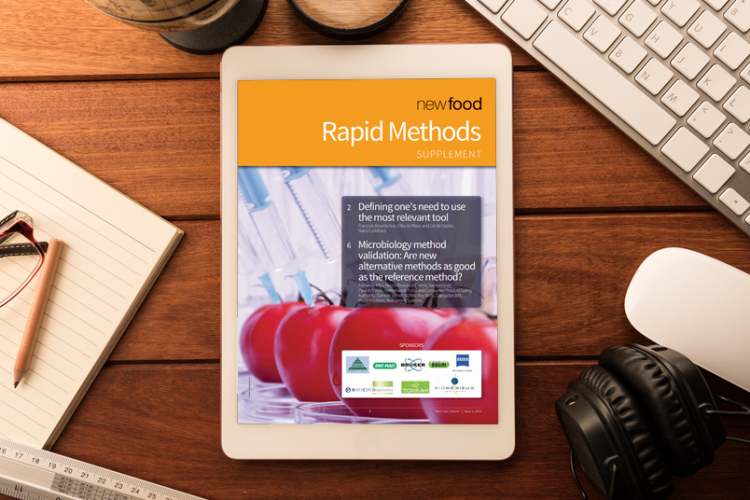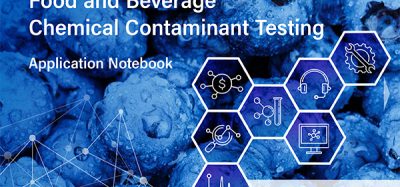Rapid Methods supplement 2014
- Like
- Digg
- Del
- Tumblr
- VKontakte
- Buffer
- Love This
- Odnoklassniki
- Meneame
- Blogger
- Amazon
- Yahoo Mail
- Gmail
- AOL
- Newsvine
- HackerNews
- Evernote
- MySpace
- Mail.ru
- Viadeo
- Line
- Comments
- Yummly
- SMS
- Viber
- Telegram
- Subscribe
- Skype
- Facebook Messenger
- Kakao
- LiveJournal
- Yammer
- Edgar
- Fintel
- Mix
- Instapaper
- Copy Link
Posted: 2 September 2014 | François Bourdichon, Elke de Moor, Cécile Vadier, Adrianne Klijn, Paul in 't Veld, Daniele Sohier, Roy Betts, Philip Feldsine | No comments yet
Featuring an article on microbiology method validation which questions whether alternative methods are as good as the reference method, and an article from Barry Callebaut on defining one’s need to use the most relevant tool…


This free to view Rapid Methods supplement is sponsored by Romer Labs, BIO-RAD, Bruker, BÜCHI, Carl Zeiss, BIOTECON Diagnostics, TOXIMet and bioMérieux.
- Defining one’s need to use the most relevant tool
François Bourdichon, Elke de Moor and Cécile Vadier, Barry Callebaut
Rapid methods and automation in microbiology are mostly if not always associated to food safety. While it is indeed the top priority of Food Business Operators (FBO) to provide safe foods to their customers and consumers, the microbial monitoring within the processing sites is not limited to analysis on finished packaged food products for food safety criteria. Pathogen and non-Pathogen Environment Monitoring Program (PEMP) and quality or process criteria are key drivers for the industry to validate the efficacy and relevance of the implemented control measures along the food process to mitigate contamination and be compliant with expected quality and safety standards.
- Microbiology method validation: Are new alternative methods as good as the reference method?
Adrianne Klijn, Nestlé Research Centre, Switzerland / Paul in ‘t Veld, Netherlands Food and Consumer Product Safety Authority / Daniele Sohier, ADRIA, France / Roy Betts, Campden BRI, United Kingdom / Philip Feldsine, BioControl Systems, Inc., USA
When choosing microbiological methods for the analysis of food, raw materials or environmental samples, consideration must be given to method validity. Alternative methods must be validated using an accepted validation protocol. This gives all parties confidence that the results obtained meet test results required by specifications or standards, and should help food producers better negotiate the issues of international trade and improve the confidence in test results for public authorities.







